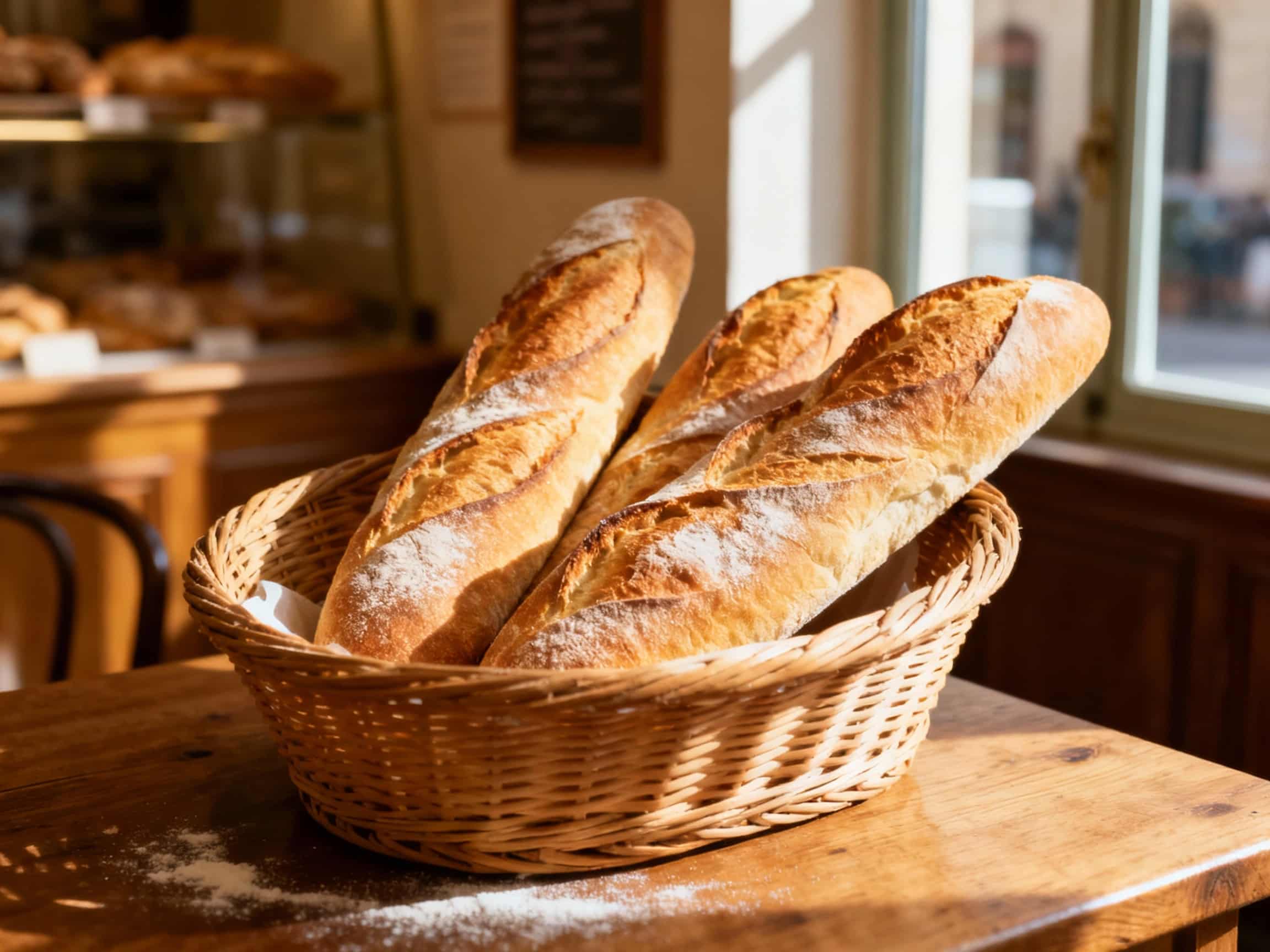
Baguette
Baguette
- Country
- France
- Region
- Not specified
- Recipes
- 0 Recipes
Dish information
The baguette, a symbol of France around the world, is far more than just a loaf of bread. Its iconic shape and texture – a crisp, golden-brown crust encasing a soft, airy, and chewy interior – are instantly recognizable. While the precise origin of the baguette is a topic of much debate, several theories exist. One popular theory suggests it emerged in Vienna in the mid-19th century through August Zang, who introduced the steam oven to France, allowing for a crusty exterior and soft inside. Another theory links its elongated shape to Napoleon's desire for bread that soldiers could more easily carry. A more common belief attributes its rise to a turn-of-the-century law preventing bakers from starting work before 4 AM, making it impossible to bake traditional, round loaves in time for breakfast. The thinner baguette could be prepared and baked faster. The French government codified the baguette in 1993 with the 'Décret Pain' (Bread Decree), specifying its ingredients (wheat flour, water, salt, yeast) and prohibiting additives. This decree helped preserve its authenticity and traditional quality. Every morning, millions of French people visit their local boulangerie to pick up a fresh baguette, often breaking off the 'quignon' (the end piece) to snack on before even getting home. It's an integral part of French daily life and culture, savored with cheese, charcuterie, or simply butter.
Timeline
Viennese baker August Zang establishes a bakery in Paris, popularizing steam ovens.
A law prohibiting bakers from starting work before 4 AM may have led to the baguette's shorter baking time.
The 'Décret Pain' (Bread Decree) defines the traditional French baguette's ingredients and production.
UNESCO officially adds the baguette to its list of Intangible Cultural Heritage.
Related recipes
0 recipesWe'll add related recipes for this dish soon.